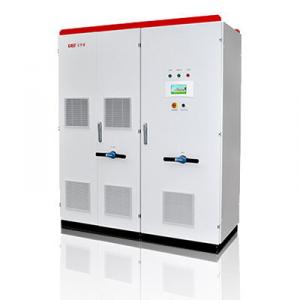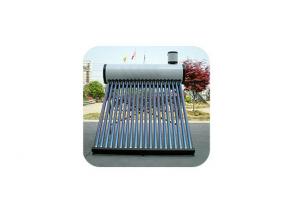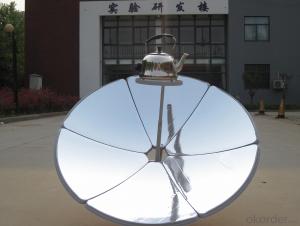Afore Solar Inverter
Afore Solar Inverter Related Searches
Advanced Energy Solar Inverter Inverter For Solar Pro Solar Inverter Solar Abb Inverter Ae Solar Inverter Abb Solar Power Inverter Abb Solar Inverter Solar Pro Inverter Anchor Solar Inverter Aims Solar Inverter Ac Inverter Solar Solar Solar Inverter Solar Power Ac Inverter Portable Solar Inverter Solar Ac Inverter Inverter For Solar Battery Inverter For Solar Power Plant Alpha Solar Inverter Aps Solar Inverter Power Solar Inverter Solar Inverter For Home Solar Powered Inverter Abb Solar Panel Inverter Frontier Solar Inverter Inverter For Home Solar Solar Ready Inverter Outdoor Solar Inverter Aeg Solar Inverter Inverter Solar Solar Inverter For SaleAfore Solar Inverter Supplier & Manufacturer from China
Afore Solar Inverter is a product that is designed to efficiently convert solar energy into usable electrical power. These inverters play a crucial role in the solar power generation system, ensuring that the energy harvested from the sun is effectively utilized. They are essential components for both residential and commercial solar power systems, as they help to maximize the efficiency of solar panels and provide a reliable source of electricity.The Afore Solar Inverter is widely used in various applications, such as residential rooftop solar installations, commercial solar farms, and off-grid solar power systems. These inverters are designed to handle different power capacities, making them suitable for a range of solar energy projects. They are also known for their durability and reliability, ensuring long-term performance and minimal maintenance requirements. By using an Afore Solar Inverter, users can benefit from a clean and sustainable source of energy that reduces their reliance on traditional power sources.
Okorder.com is a leading wholesale supplier of Afore Solar Inverters, offering a vast inventory of these essential solar power components. As a reputable online platform, Okorder.com provides customers with easy access to a wide range of Afore Solar Inverters, catering to the needs of various solar energy projects. Their commitment to quality and customer satisfaction ensures that users receive reliable and high-performance inverters that meet their specific requirements.
Hot Products

















































